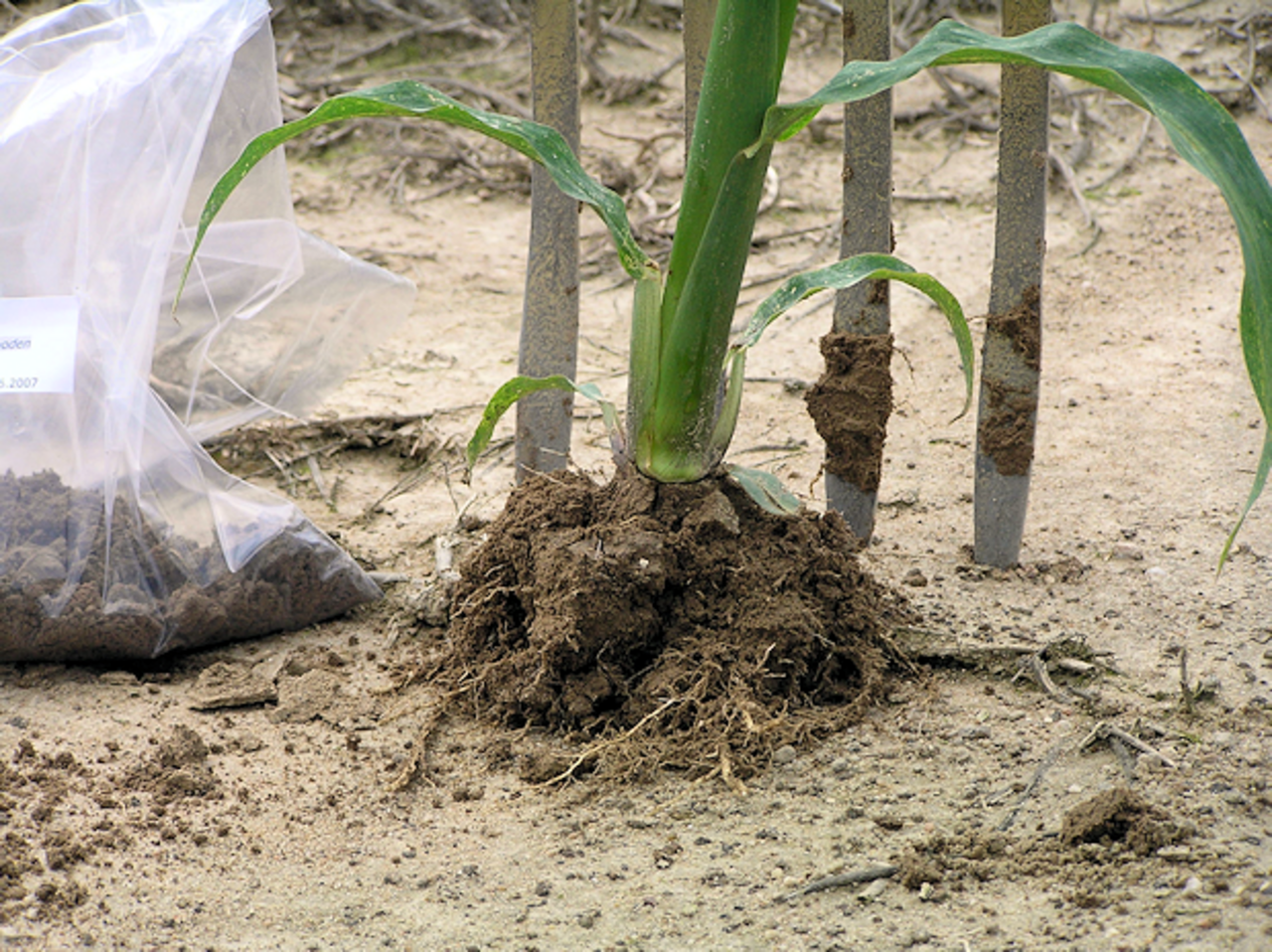Project
Ecological risks caused by genetic modifications?

Implications of cultivation of genetically modified plants and use of genetically modified microorganisms for soil microorganisms and other microbial communities in agro-ecosystems
Genetic modification methods are applied to generate crops and biotechnological products with new properties. Before such organisms reach the environment, their safety for humans, animals and the enviornment must be analyzed and confirmed.
Background and Objective
Main objective: Development and application of methods to the environmental risk assessement of genetically modified organisms in agroecosystems
Transfer of recombinant genes to microorganisms (horizontal gene transfer); Persistence of recombinant proteins in the environment; modifications of microbial communities in soils, gut of insects, animals and plants.
Approach
Utilization of modern molecular tools, including quantitative PCR, high throughput next generation DNA sequencing (see also "soil metagenomics"). Material for analyses originates from laboratory and green house cultivated plants but also from those grown in the environment.
Our Research Questions
How long do genetically modified products persist in the enviroment, especially soil, and how mobile are they?
How important are physicochemical and biological interactions for the environmental persistence of genetically modified products?
Who do soil and gut inhabiting microbial communities respond to the presence of genetically modified organisms and their products? Is the diversity of such communities affected, and if yes, which ecological functions are connected with such a change?
Can recombinant genes from genetically modified organisms be transferred to environmental microorganisms?
Preliminary Results
None of the so far analyzed genetically modified plants showed any effects on microorganisms that would not also possibly be caused by conventionally bred plants.
Horizontal gene transfer from the analyzed geenetically modified plants to microorganisms has not been detected.
Thünen-Contact

Involved Thünen-Partners
Duration
Permanent task 1.2001 - 10.2024
More Information
Project status:
ongoing
Publications
- 0
More S, Bampidis V, Benford D, Bragard C, Halldorsson T, Hernandez-Jerez A, Bennekou Susanne H, Koutsoumanis K, Machera K, Naegeli H, Saxmose Nielsen S, Schlatter J, Schrenk D, Silano V, Turck D, Younes M, Glandorf B, Herman L, Tebbe CC, Vlak J, et al (2020) Evaluation of existing guidelines for their adequacy for the microbial characterisation and environmental risk assessment of microorganisms obtained through synthetic biology. EFSA J 18(10):e06263, DOI:10.2903/j.efsa.2020.6263
- 1
Krause SMB, Näther A, Ortiz Cortes V, Mullins E, Kessel GJT, Lotz LAP, Tebbe CC (2020) No tangible effects of field-grown cisgenic potatoes on soil microbial communities. Front Bioeng Biotechnol 8:603145, DOI:10.3389/fbioe.2020.603145

![[Translate to English:] [Translate to English:]](/media/_processed_/4/0/csm_Titel_Ant_Plot_1c3363e3f7.png)
![[Translate to English:] [Translate to English:]](/media/_processed_/b/3/csm_Titel_93px_Ant_Plot_0ef6a20d79.png)
![[Translate to English:] Logo des Bundesministerium für Ernährung und Landwirtschaft](/media/allgemein/logos/BMEL_Logo.svg)